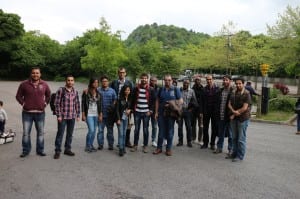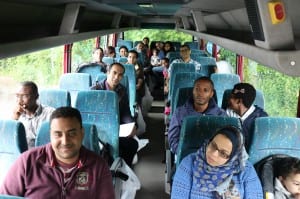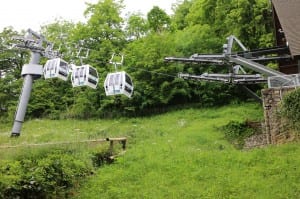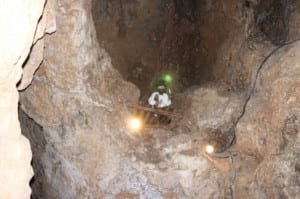On 28th October 2015, LSoCS PGRs had a StatsDay event, thanks to Dr Phil Assheton for being with us.
The event covered main concepts around the statistics and how it helps in experiments and evaluations, including parametric vs non-parametric techniques, the interpretation of the p-value and what conclusion we can take.
The event also included a hands-on practical part, where participants worked some prepared examples and programmed in R.
Thanks to all involved.



